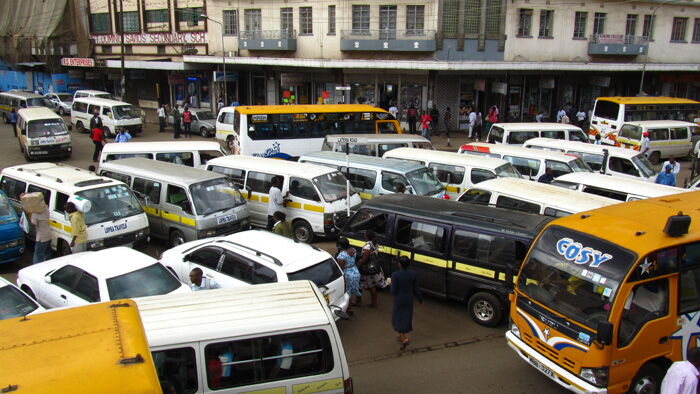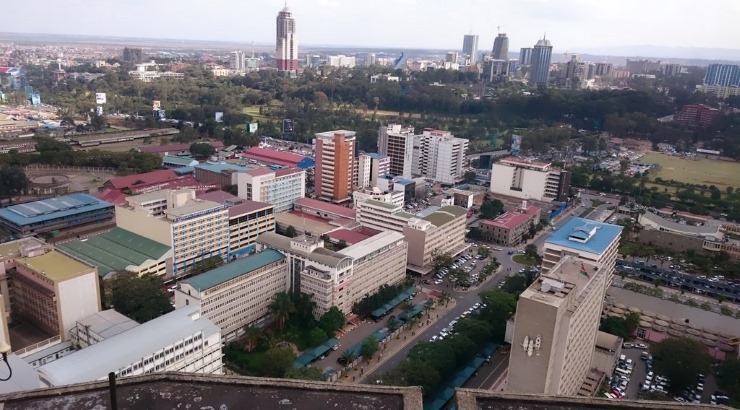
Is evryone tired with the rogue matatu nation ?? or should they stay??
Once in a while, the matatu sector does something to remind Kenyans of their perpetual hostage to it, or rub in the sad fact that those who cannot afford private cars can do little when it comes to determining how they would get in and out of the capital city.
Every once in a while, matatu owners withdraw their services, park their vehicles most of the day and are a happy lot when the news in the evening and the newspapers the next day are filled with images of multitudes making the great trek to their places of work.
The crews have adopted the dog-in-a-manger logic with the government, which is determined to ensure Michuki rules are adhered to and in return they strike back by refusing to ferry Nairobians into the CBD .

About 70 percent of the capital’s 1.3 million commuters use a matatu at some point every month for their commute. With the roads already snarled with traffic, one can only imagine the roads having three times as many private cars in their place.
However with the transportation ministry trying to regulate the matatu industry by passing laws that mandate the use of electronic speed limiters on the buses, routes, and safety inspections, these rules are rarely enforced and the owners are rarely concerned how drivers get their money as long as they get it.
The Kenyan public isn’t alone to undervalue the matatu.
However the Nairobi County government has unveiled a new development masterplan that is hinged on construction of new rail and road network, among other things, to ease congestion in the central business district (CBD).

The Nairobi Integrated Urban Development Masterplan (NIUPLAN) omits any mention of informal mass transit altogether other than to point out that their stops to discharge or collect passengers cause traffic jams. Instead, it plans for Bus Rapid Transit and a light rail system. Sammy Shileche of the Nairobi County Urban Design Department says, “First, we need to decongest the central business district and then we can deal with where matatus will be allowed and not allowed.” When asked whether the long-term future of Nairobi includes the matatu, he simply smiles and shakes his head. “It will all be public sector.”

Nairobi last developed a masterplan in 1973. The plan was meant to guide the city’s development till the year 2000 – meaning the metropolitan has been operating without a blueprint for the past 14 years.